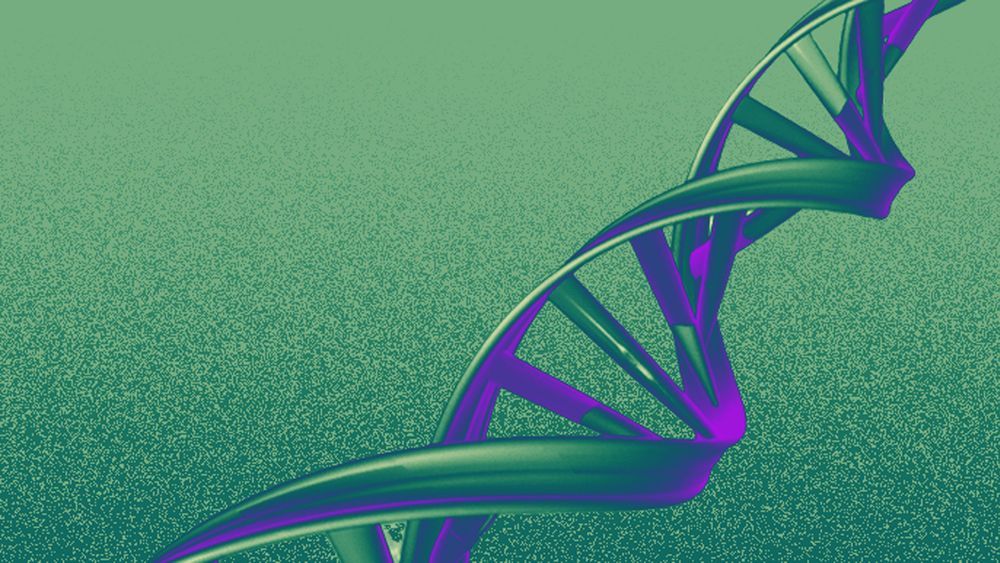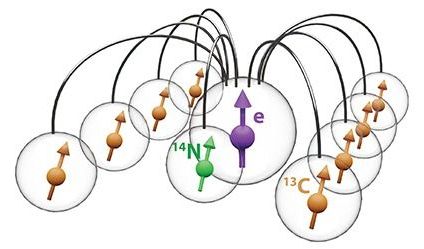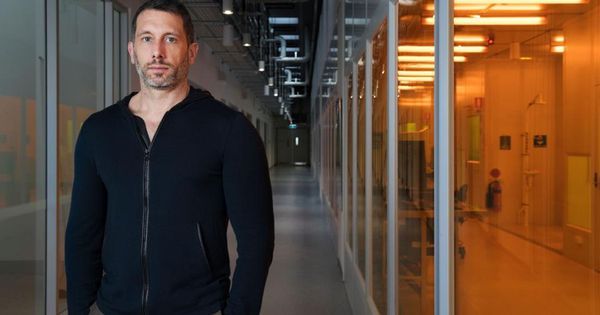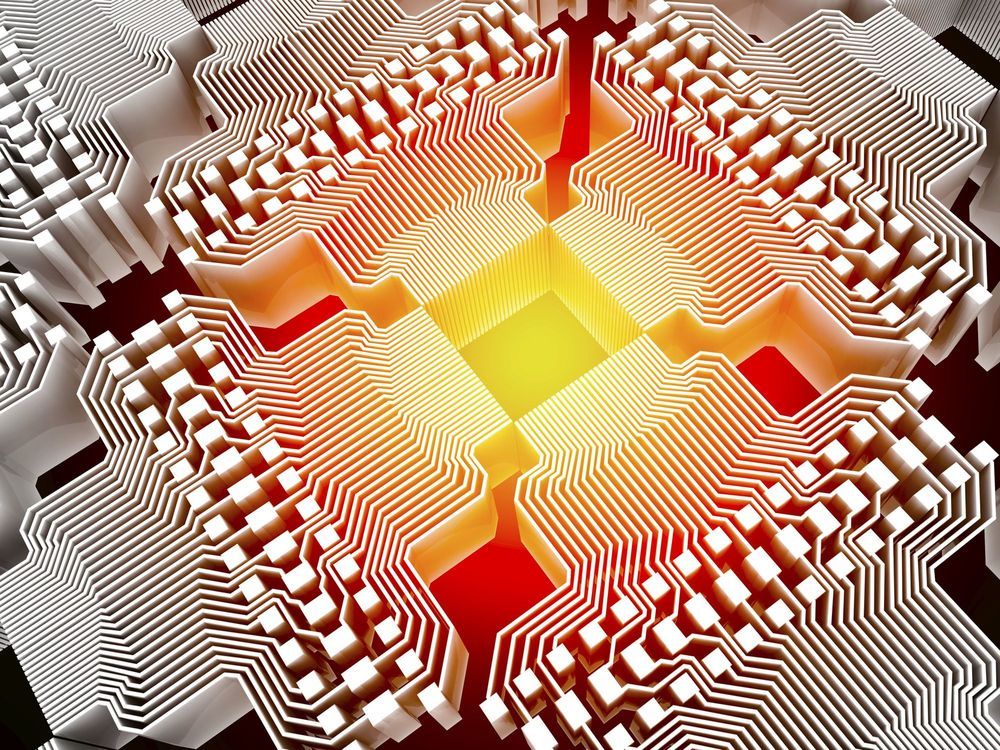Einstein dubbed the idea of quantum entanglement as “spooky action at a distance.” Now for the first time ever, scientists have taken a picture of it.
» Subscribe to Seeker!http://bit.ly/subscribeseeker
» Watch more Elements! http://bit.ly/ElementsPlaylist
Today we understand quantum entanglement as when a pair of particles that cross paths and interact with each other can become connected and stay that way, even when the particles are spaced very far apart.
Once particles are intertwined in this way, changes to one particle can immediately shape the other particle, an odd scientific phenomenon that has been proven through experiments with atoms and molecules, and more recently through entangled objects of even larger scales.
Quantum entanglement is a key part of quantum mechanics, which forms the basis for fields such as quantum computing and cryptography, so there is considerable interest in advancing our understanding of it.
For scientists at the University of Glasgow, this led them to study a form of quantum entanglement known as Bell entanglement, described by late physicist John Stewart Bell.
Albert Einstein conceived of special and general relativity, but when it came to the idea that two particles can be entangled, and an impact on one particle could be instantaneously felt by the other particle, even over vast distances, for Einstein that was simply unbelievable.









